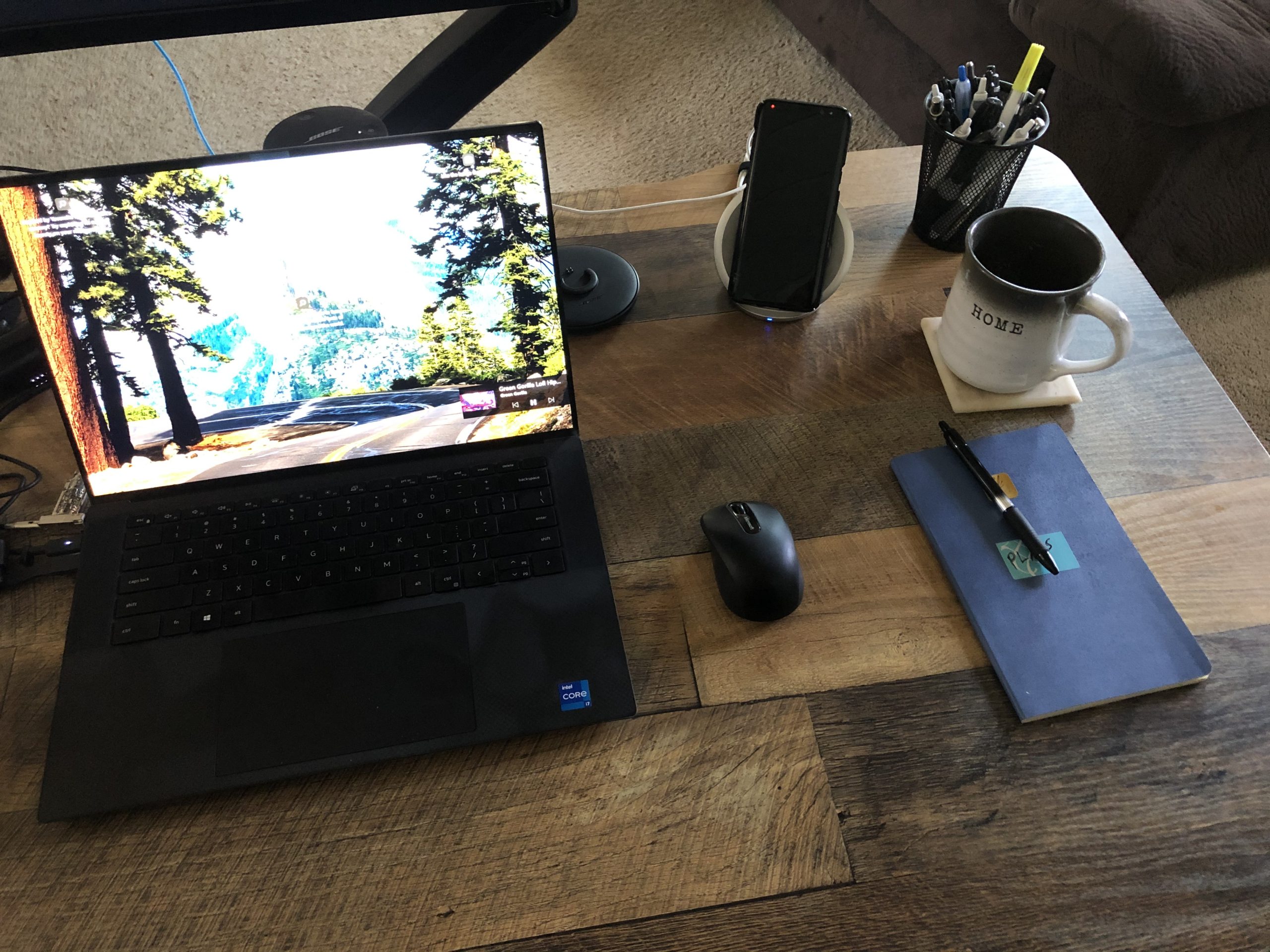Everything that you read in this document are actions that you can take right now. The powers that are owned by the people, as discussed herein, are available in the very moment that you are reading this. The issue is that the power of the people is typically deployed in disparate attempts when petitioning the government. I have written this document as a text that describes the framework for an organization that can be used to focus the power of the people.

Taking Ourselves Seriously
Citizens who participate in a representative, federal republic that is based on a constitution are required to employ both effort and diligence. Will we be serious about our neighborhood, our city or town, our state, our country? Are we willing to work to achieve the society that we dream of? Do we dare put our mark on the work that was started in 1776?
Doing the Work
Citizens should have a clear view of how they want their local, state and federal government to operate, study to understand the current state of each level of government, and engage in civil, productive debate with their fellow citizens in order to progress toward resolution on topics of concern. Citizens should then formally document these ideas and present them to their relevant representatives. Further, citizens should give regular feedback to their representatives with respect to the citizens’ demands and the representatives’ record of activity.
Consolidating the
Will of the People
What is required is an organizational infrastructure that allows engaged citizens to easily tie into a process to achieve collective effort, diligence, study, debate, resolution and documentation of democratically generated public demand.
Let me be clear. Citizens should be fully engaged in directly producing and reviewing legislation and holding representatives accountable for advocating for said legislation with every ounce of political capital that they wield on Capitol Hill and at both their state and local capitol buildings. In other words, it’s time for us to make the laws.
The People’s
Parliamentary Charter
When I say, “Parliament,” I am referring to a formal conference for the discussion of public affairs. This may sound too formal, but it’s not. Trust me. A formal meeting can consist of a few invested individuals meeting at a local library in order to discuss new legislation proposed by your local city council. The meeting is made formal by following a set procedure that is used to bring order to the proceedings. This protocol can be developed by a group that is meeting, or an existing protocol can be adopted. I recommend using Robert’s Rules of Order as a starting point. Here is a cheat sheet that can help you get started with the procedure.
That’s right. We’re going to build our own government structure that we can use to influence all other forms of government. And the main power of this new governmental structure will derive its power from the people, the greatest power in the nation. Take note, parliaments are meant to work in accordance with both the United States Constitution, the United States Declaration of Independence and all applicable state and local laws.
Now that we have a good idea of what a parliament is, let’s take a look at how it is constructed. The following describes a framework for developing these organizations. The foundation of parliament is both meeting and interacting at the community level. As such, the formalities involved with each parliament will take a unique shape that serves the needs of its community.
Why It Exists
The People’s Parliament exists in order to attain two main goals:
- Enable the voice of each and every voter.
- Strengthen and focus the power of the people.
The purpose of the People’s Parliament is to provide a consistent framework that all citizens can tie into when they feel that they need to directly insert their voice into the political process and send a powerful, focused message to government officials. Each voter can bring their insight, opinion and ballot to each issue that their chosen parliament deliberates on.
Who Participates
Every eligible voter can participate in all parliaments that are relative to the political issue being voted on. However, each member only gets one vote on each issue within a voting district, regardless of the number of parliaments they attend. Your vote in parliament is the same as the vote that you will cast on your ballot for local, state or federal government seats and legislation. The reason to work with parliament is to understand how many votes your parliament wields so that you can use them to influence both seated officials and legislative outcomes.
Here is an example. I participate in multiple parliaments with regard to voting on my Congressional District candidate for the U.S. House of Representatives. I can attend any and all parliaments associated with this election. These could include: 1) my local community/neighborhood parliament, 2) my city/town parliament, and 3) my Congressional District parliament. I can offer my opinion, feedback and vote at each of the parliaments, especially since the candidate will likely be debated at each, and I may change my mind. However, my vote only counts once. My final decision on how I want to vote will be captured at the district level. And I will maintain solidarity when I actually cast my ballot. If I have elected to participate in bloc voting, then I will vote based on the democratic voting conclusion of the final vote in the district parliament, the terminal tier of parliament for this particular vote. I have the option to only participate at the community level, the lowest level, and have my community parliamentary representative carry my input and vote to the town/city level. The town/city parliamentary representative would then carry all neighborhoods’ input to the district level for the final tally of all input and votes. Therefore, If I am a busy individual, then I can attend only the community parliament meetings, cast my votes for all relevant issues, and allow my representative to make sure that all of my votes make it to the correct, terminally-tiered parliament, where my votes are finally tallied with all others.
Additionally, it is recommended that parliamentary officers and representatives should make an effort to consult with parliaments outside of their parliament’s purview in order to share methodology, debate on issues of common concern, and align, where appropriate.
When Does It Meet
When each parliament meets will be dictated by the needs of the members of said parliament. The only time constraints that will apply are those that are based upon the need to conduct relevant debate and voting on issues, prior to taking appropriate action: voting, providing feedback to government representatives, coordinating with other parliaments, etc.
Where It Exists
People’s Parliamentary chambers can be set up to hold purview within any social context. Theoretically each of us is our own personal parliament. We review the political positions around any topic of interest and then we ask questions, learn, debate and vote on these issues. At the highest level, statewide parliaments would interface in order to discuss public demand related to national issues.
That said, meet with your parliamentary colleagues in any location that is convenient for you. These locations could be: someone’s home, a library, a rented hall, a park, or any other third space that is conducive to the proceedings of your parliament. Given recent technological advancements, meeting online via either web meeting or social media platforms should provide both convenience and flexibility.
To Be Continued
We’ve covered both an introduction to the People’s Parliament and brief look at some of the specifics of the framework for its structure. In the next article, we’ll delve into exactly what parliament is and what it does. I hope you’ll check it out.
What are your thoughts about the People’s Parliament, so far? Share your thoughts below.


One response to “The People’s Parliament, Part I: Introduction”
Another well executed article! I appreciate the breakdown of parliament and how it can be used as a tool to organize and empower the people. I also appreciate the variety of ways in which the people can participate to not only be heard, but to also track the areas of discourse that would influence their vote. I’m looking forward to the next installment to learn more about its function. Nice job!